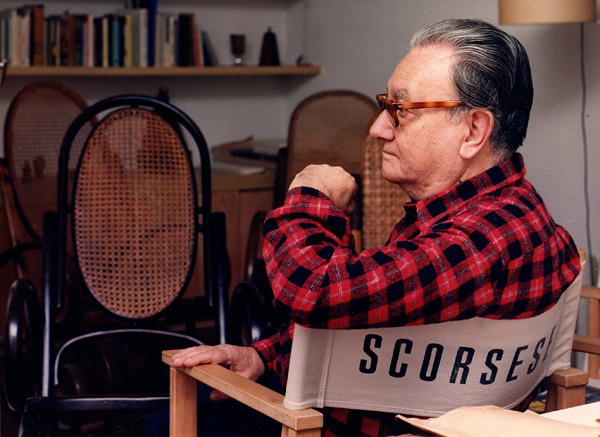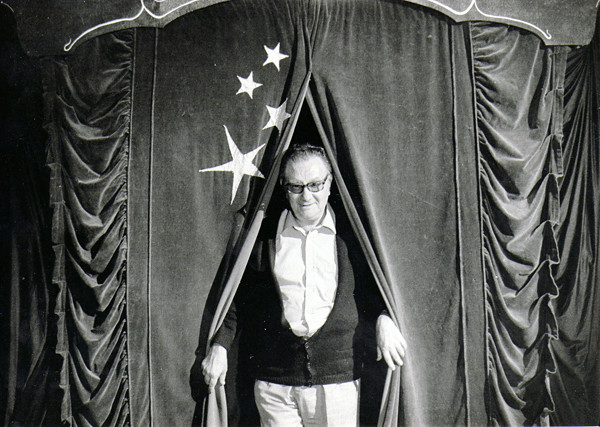The legacy of the versatile poet, playwright and visual artist Joan Brossa (Barcelona, 1919-1998), transferred to the MACBA Study Center in early 2012, is an excellent example of an archive whose structure simply blasts classical, straightforward classifications based on the typology of archive items.
Brossa’s library, his personal archive and his art collection, impossible to disentangle from one another, include three-dimensional objects, published and unpublished visual poems, different versions of his plays, prose and poetry, original works which later turned into prints, letters which sometimes include visual poems… Many of these materials are related in various ways, and creatively recycled over and over again in different formats.
When tackling an archive such as this, many questions arise: should a visual poem be considered a work of art, and therefore placed in the art collection, while a text poem belongs to the archive collection? Given that most of the stuff kept in the archive remains unpublished, where to draw the line between drafts and finished pieces? Where do original drawings for prints belong? And the corresponding prints…?


